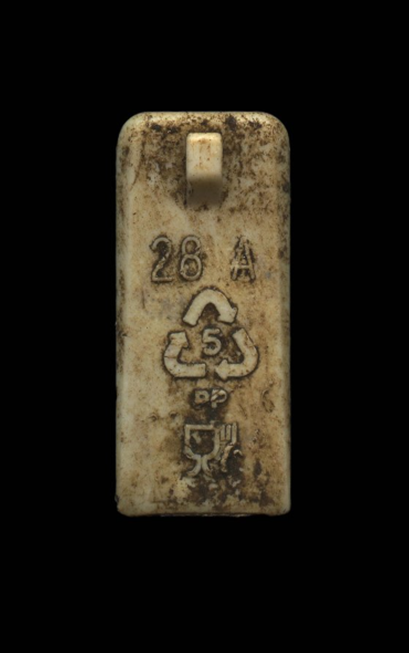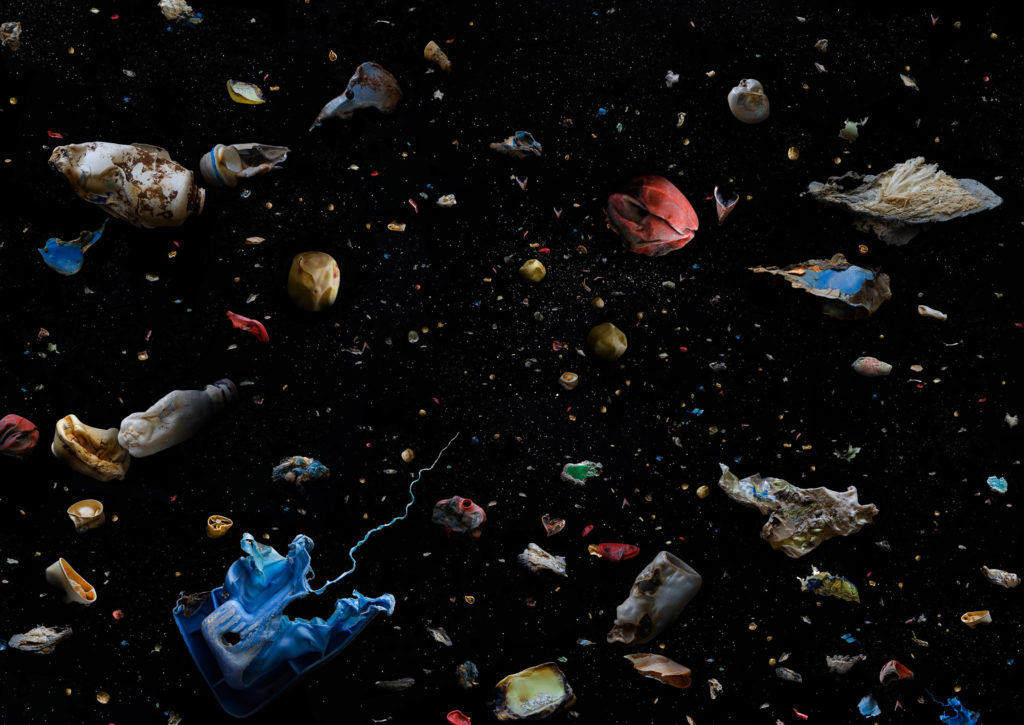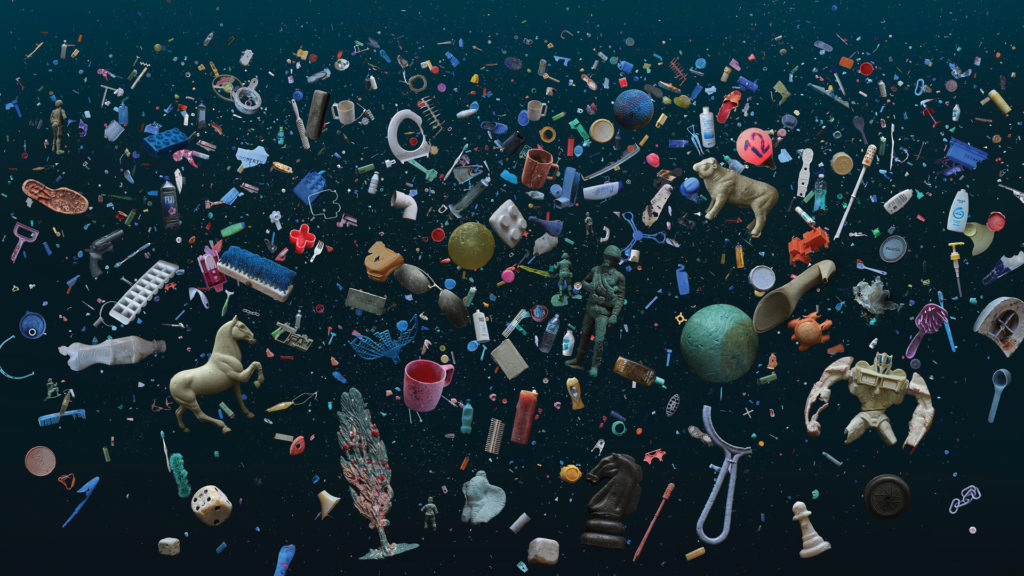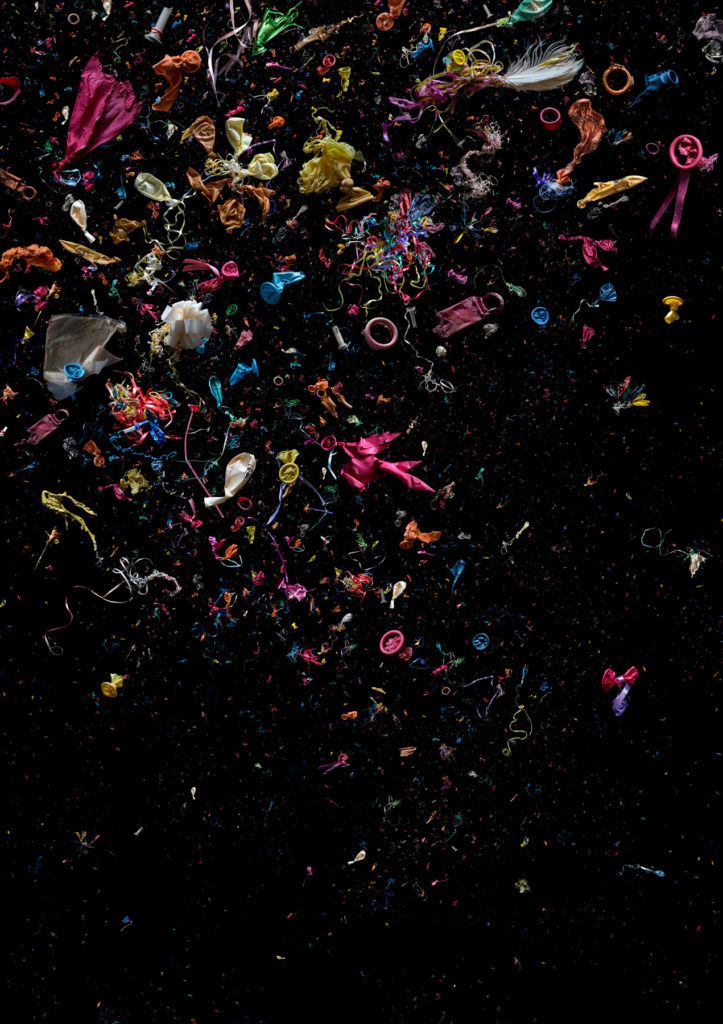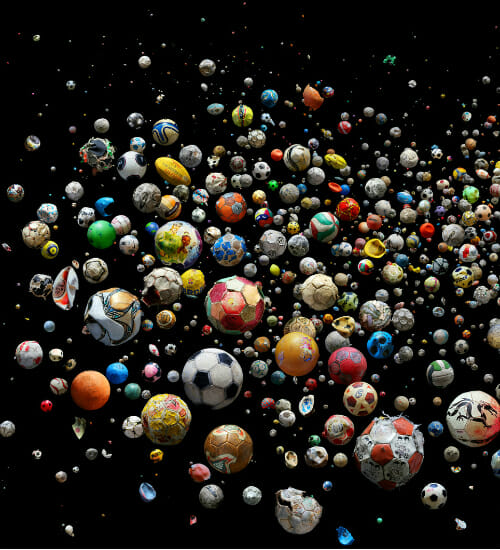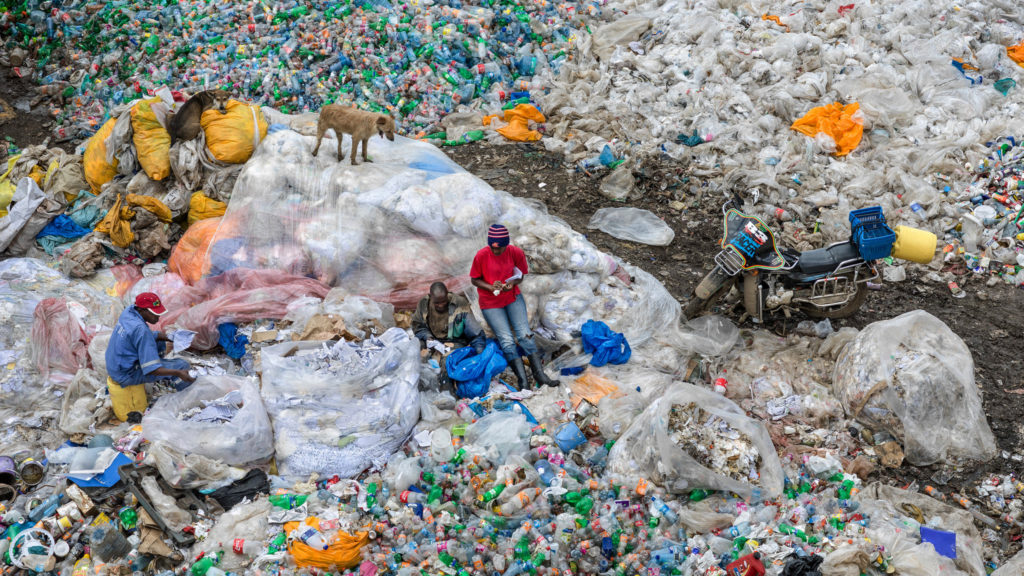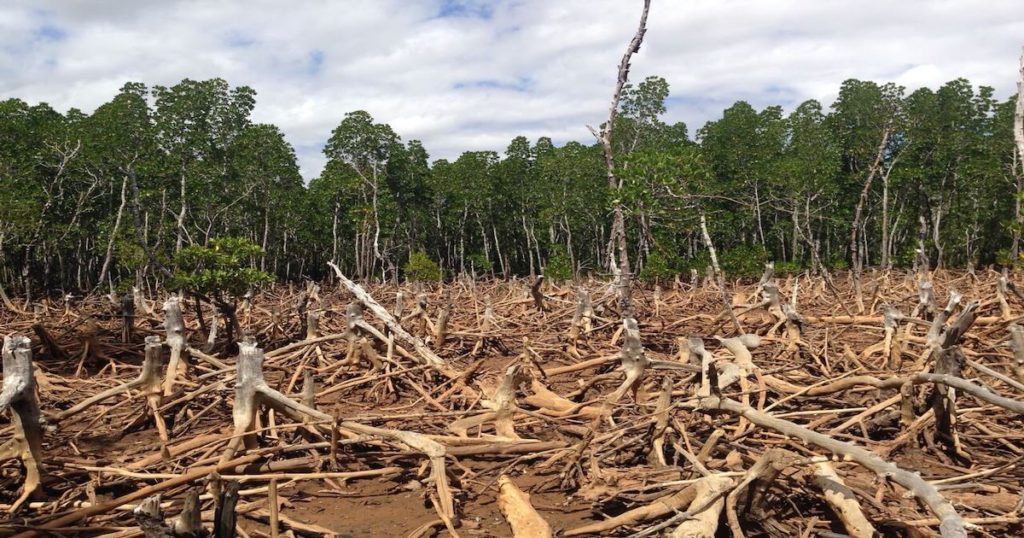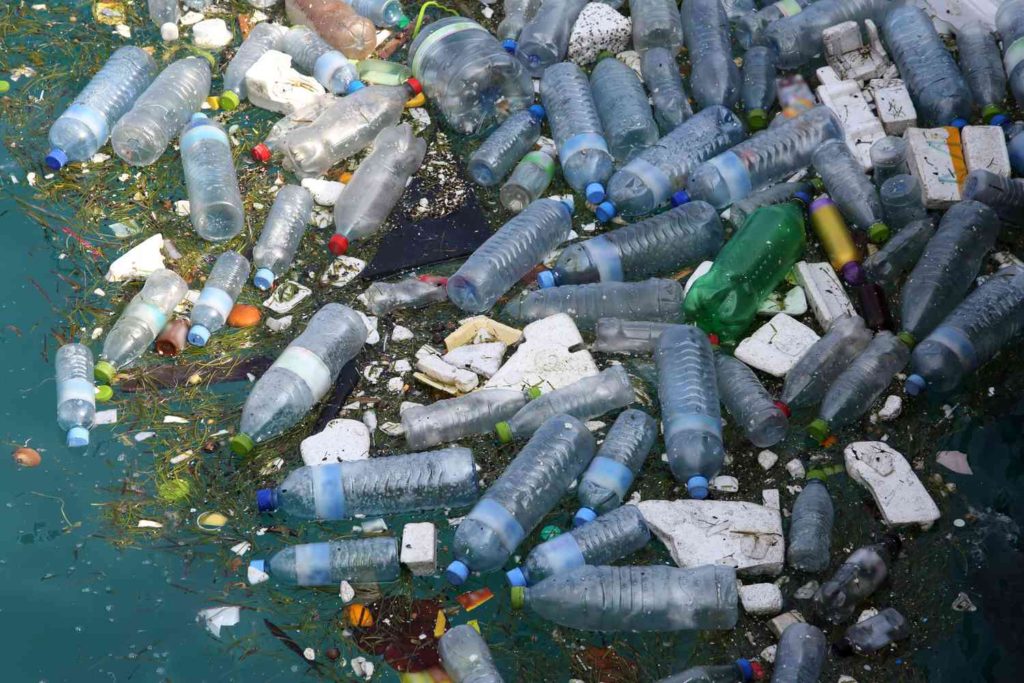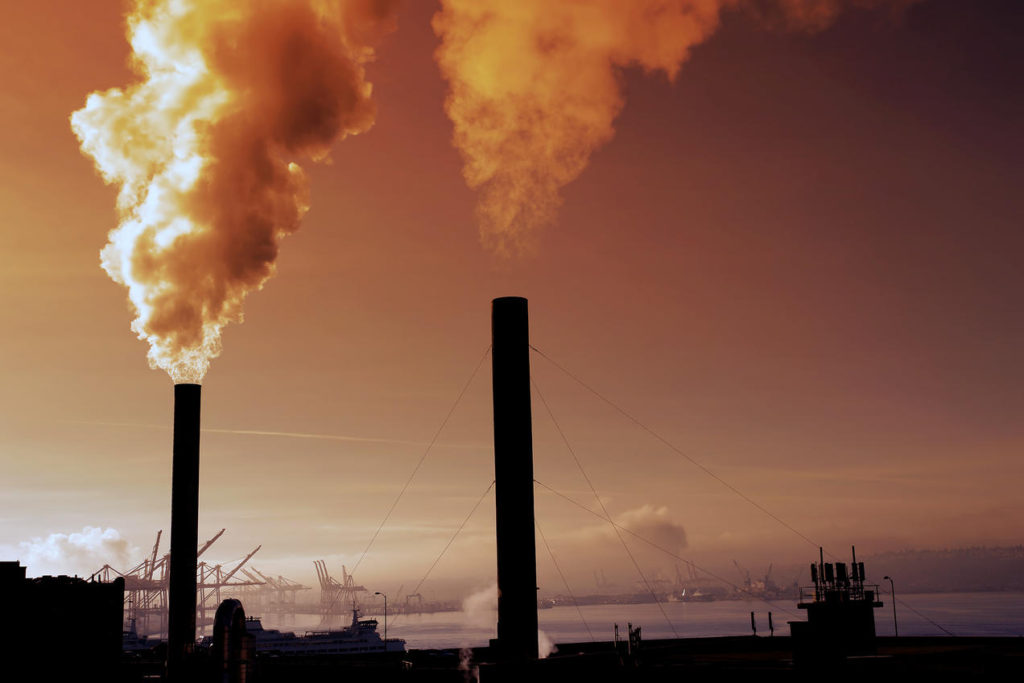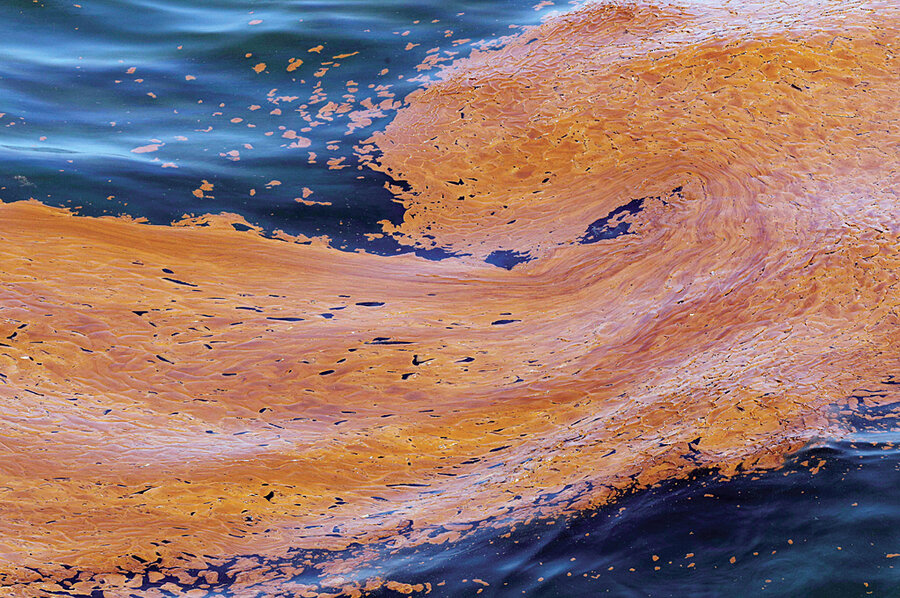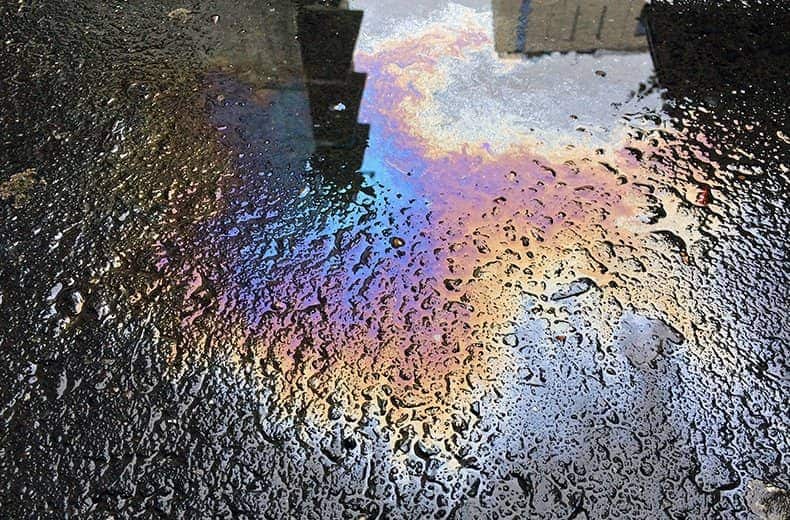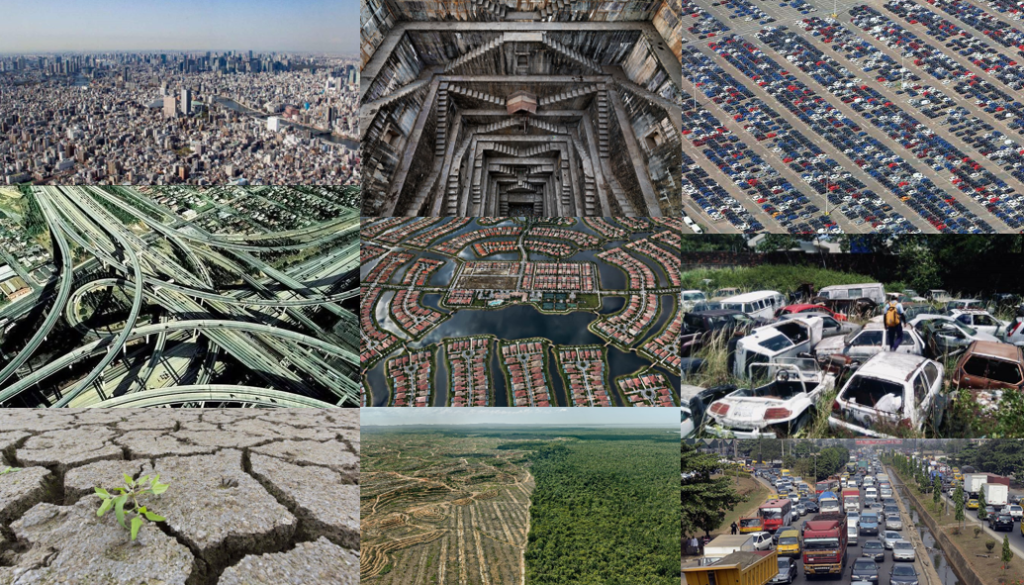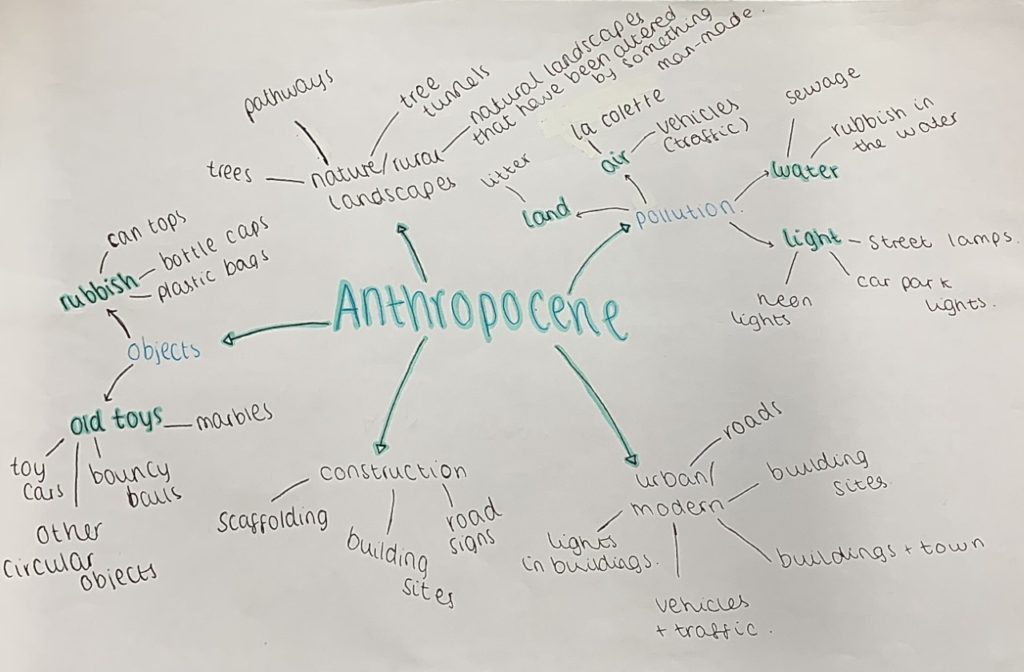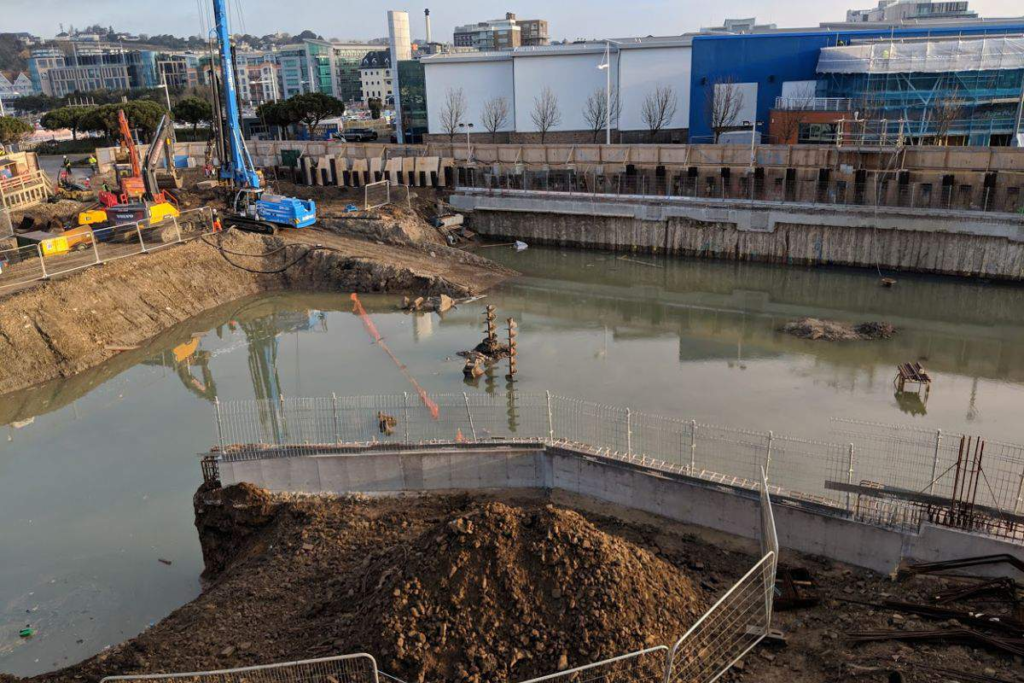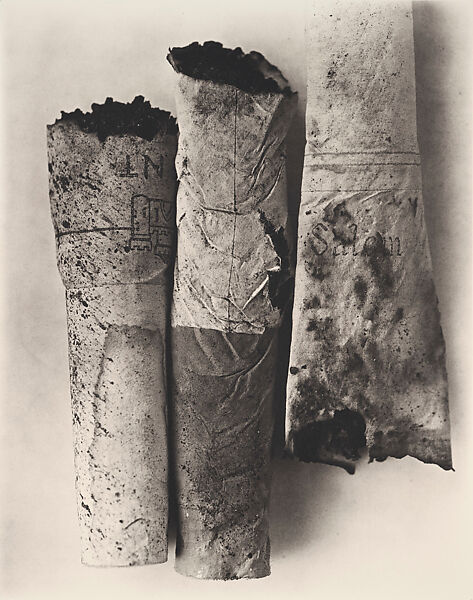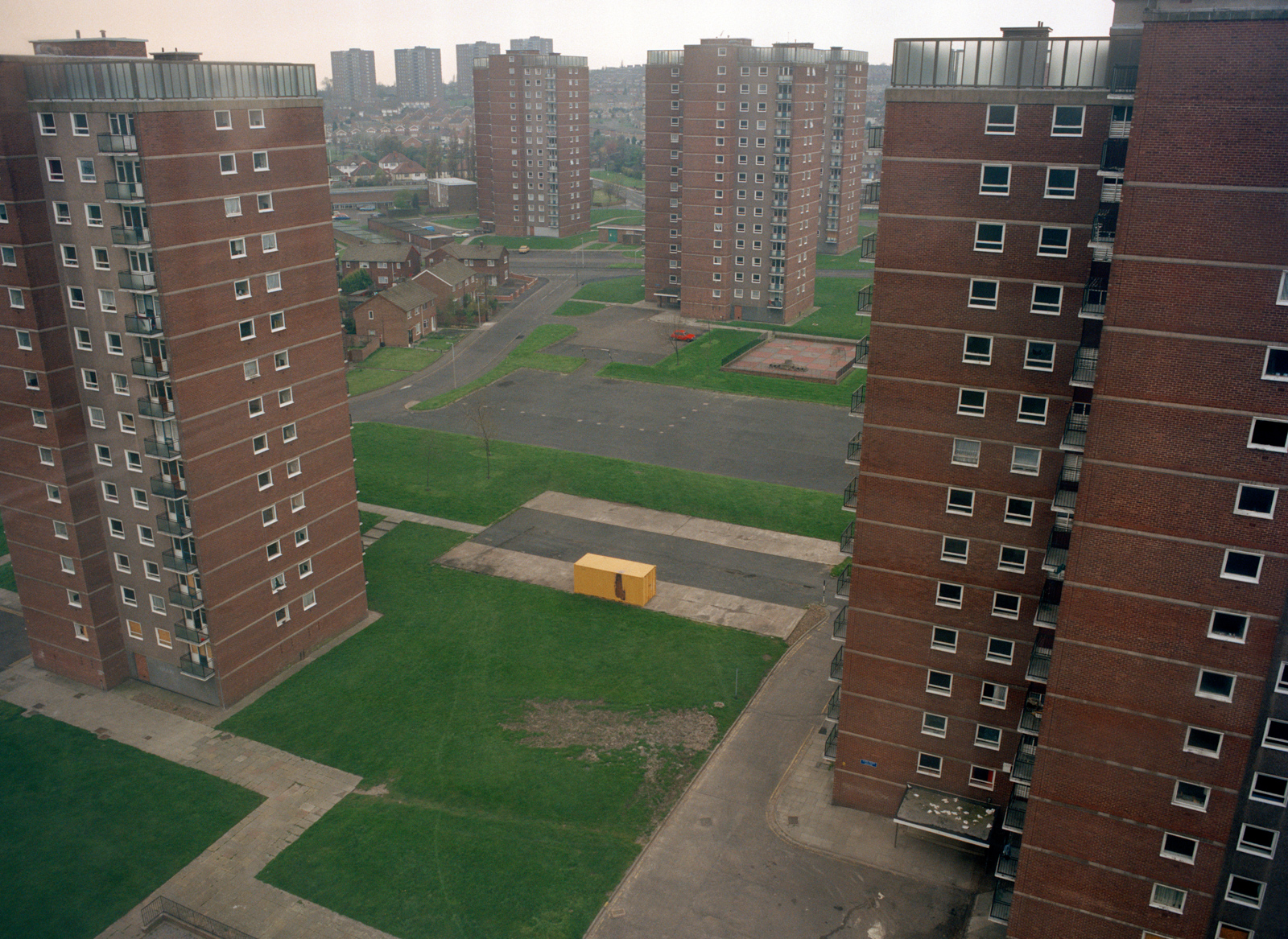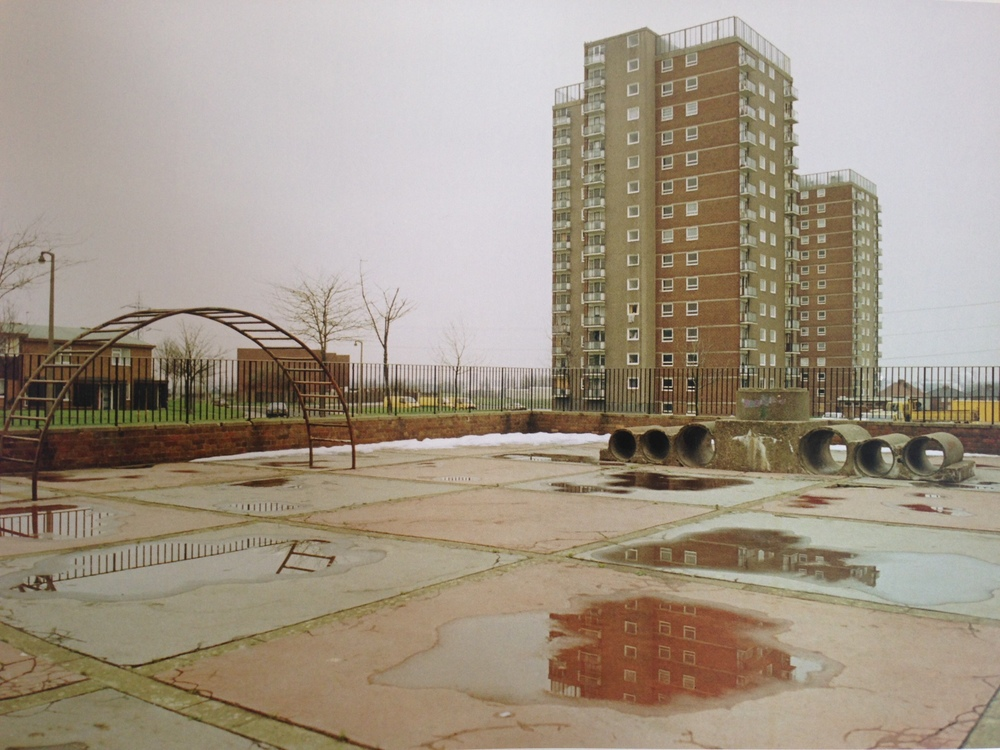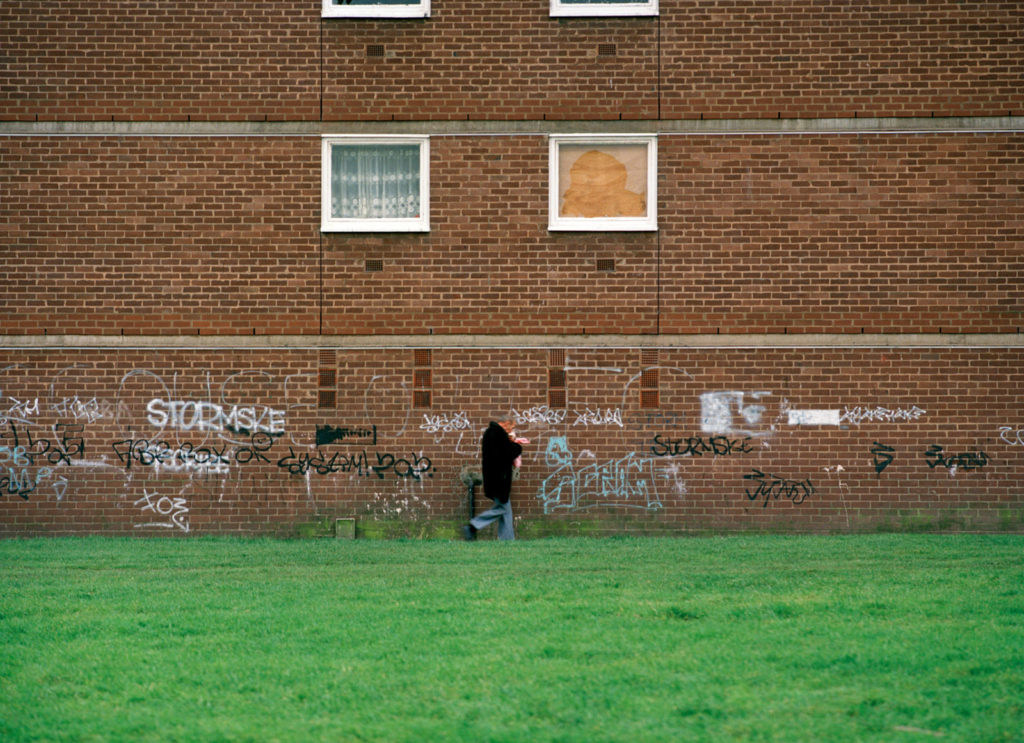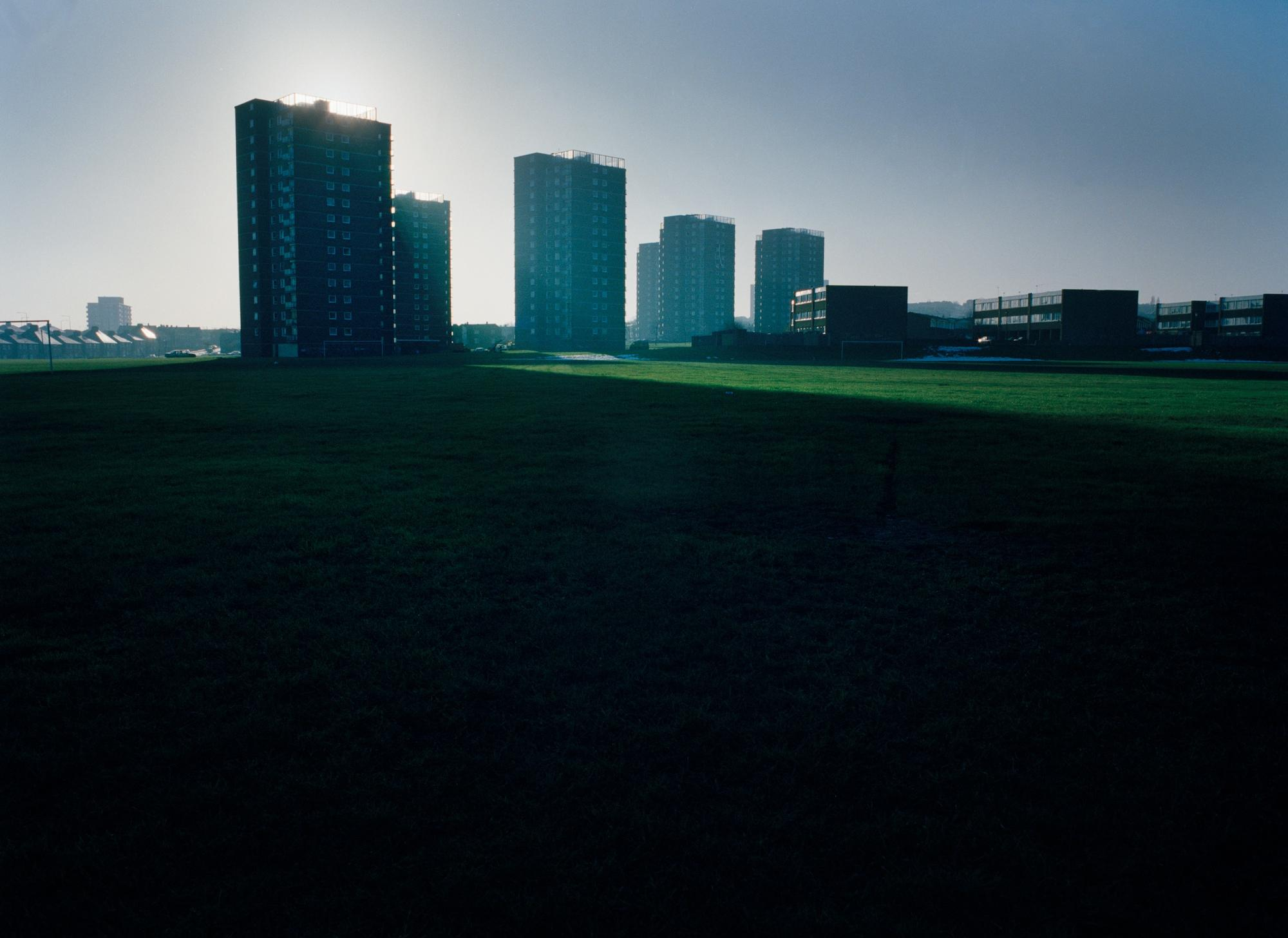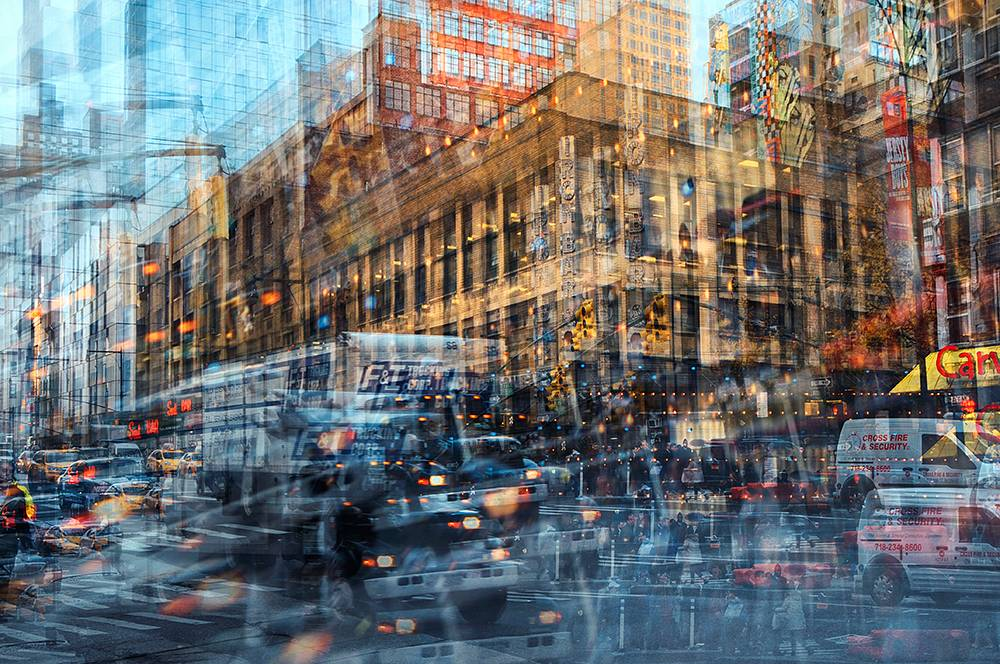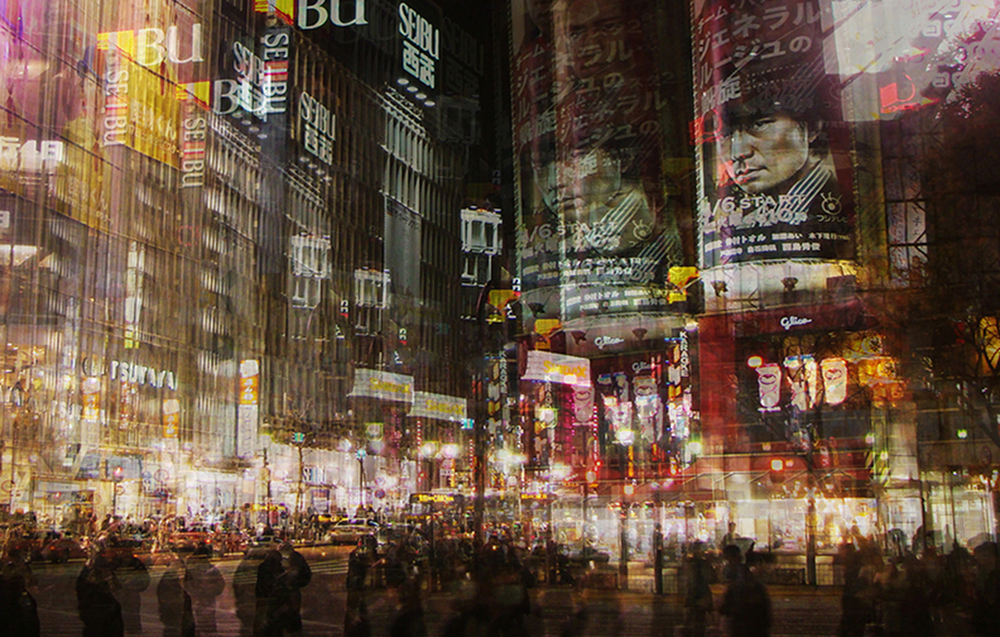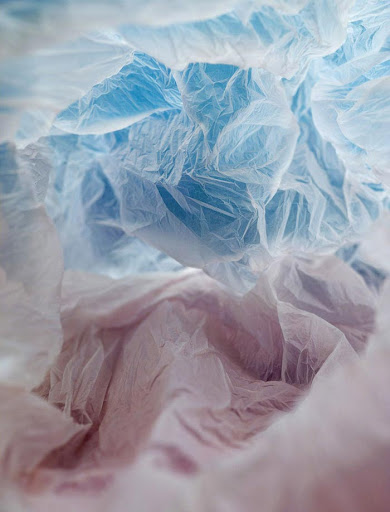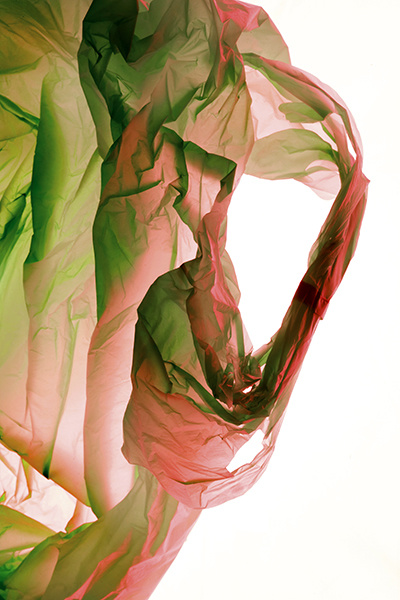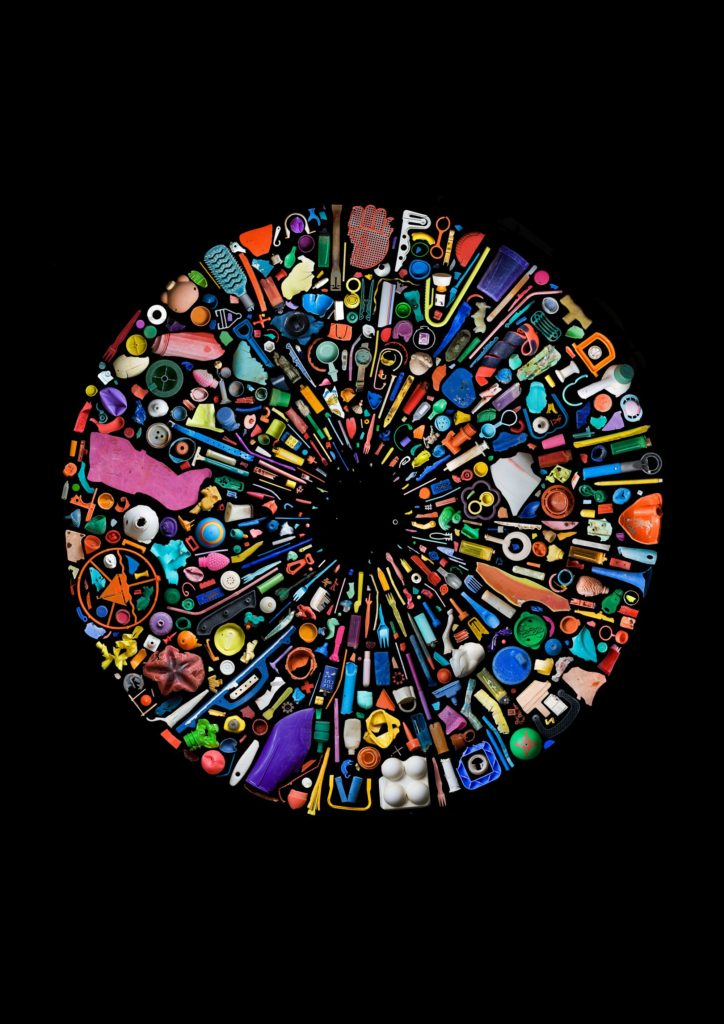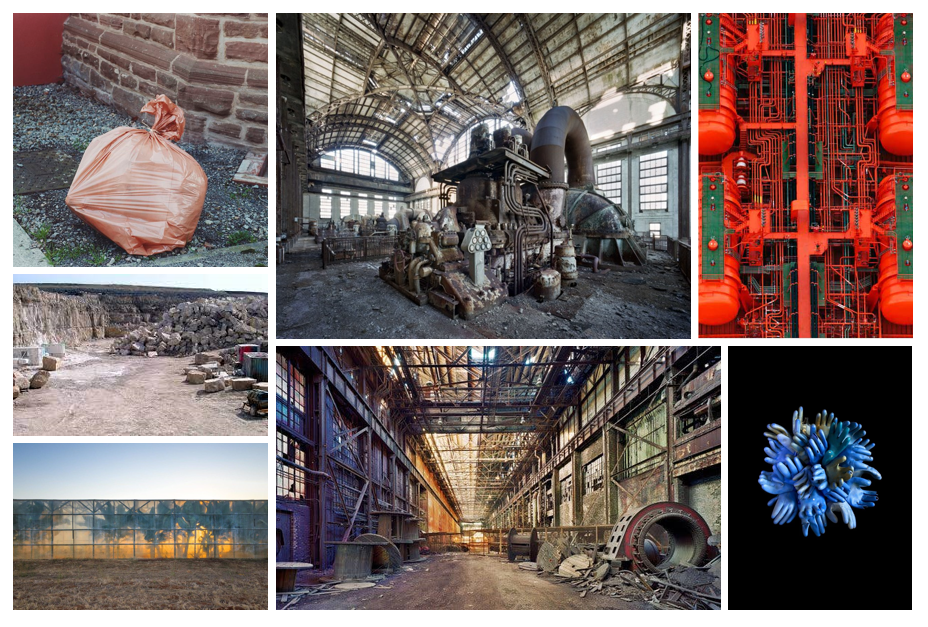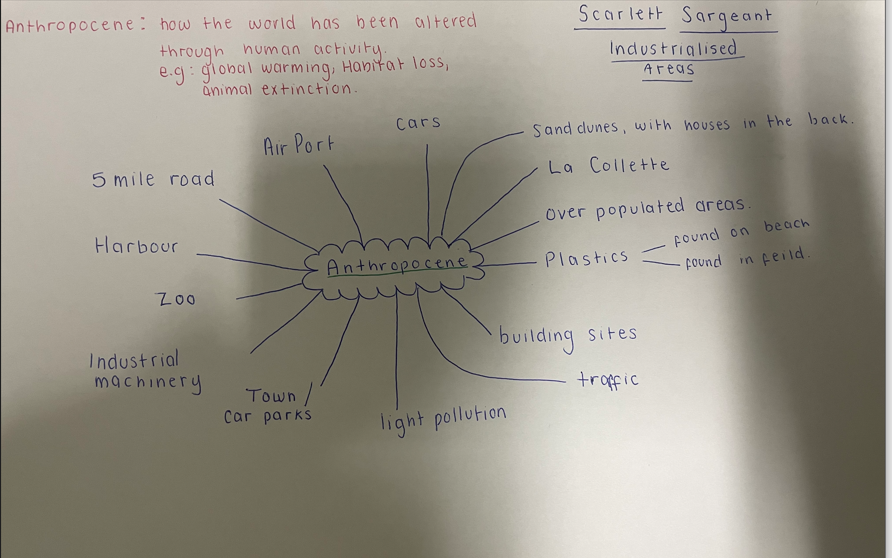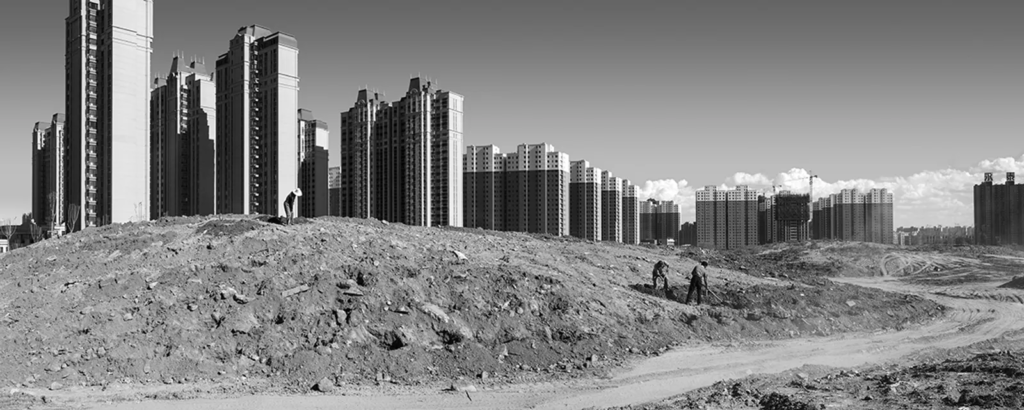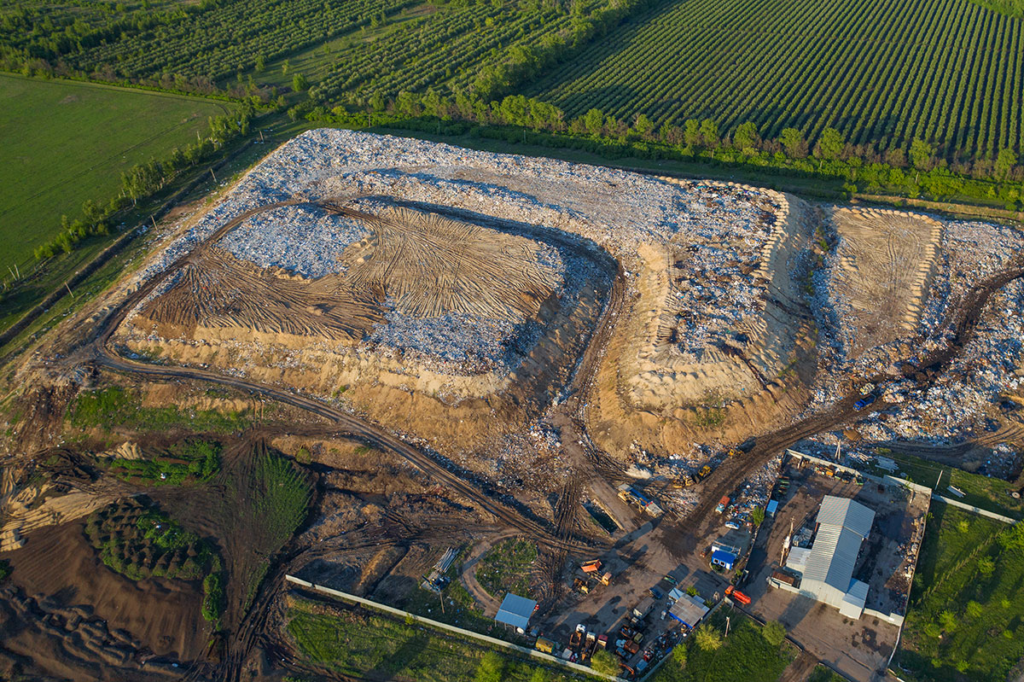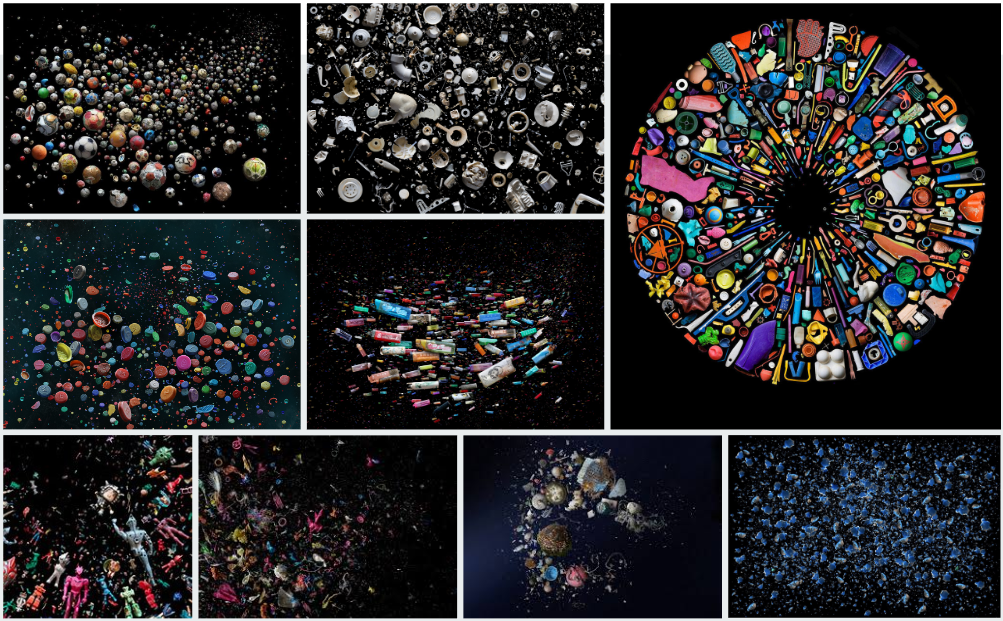
Mandy Barker is a British photographer. She is mostly known for work with marine plastic debris. Barker has worked alongside scientists in hopes of bringing awareness to the mass amount of plastic that is floating around in our oceans. Barker’s work has been published in over 50 different countries including; National Geographic Magazine, TIME Magazine, The Guardian, The Financial Times, Smithsonian, The New Scientist, The Explorer’s Journal, UNESCO, The British Journal of Photography, VOGUE, the World Wildlife Fund, and also to illustrate key academic and scientific research papers about current plastic research. Her work has been exhibited world-wide from MoMA Museum of Modern Art, and the United Nations headquarters in New York, the Victoria & Albert Museum London, and the Science & Technology Park Hong Kong. Barker was shortlisted for the Prix Pictet Award SPACE 2017, the world’s leading photography award for sustainability, and nominated for the Magnum Foundation Fund, LOBA Award, and the Deutsche Börse Foundation Photography Prize 2020. She is a recipient of the 2018 National Geographic Society Grant for Research and Exploration. Her first book ‘Beyond Drifting: Imperfectly Known Animals’ was selected as one of the Ten Best Photography Books of 2017, by Smithsonian, and ‘Altered Ocean’ was chosen by The Royal Photographic Society as one of the most coveted titles and top 10 Photobooks of 2019. Barker is a member of the Union of Concerned Photographers UCP, which is dedicated to using the power of imagery to underline the urgency of environmental concerns.
Examples of Her Work
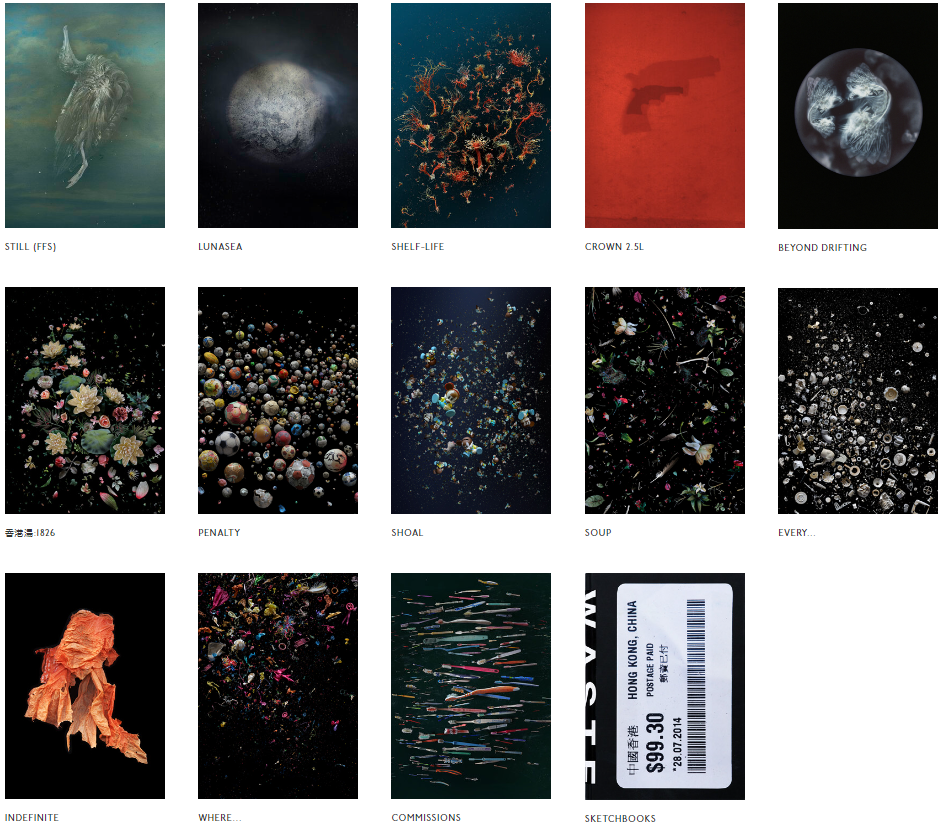
Image Analysis
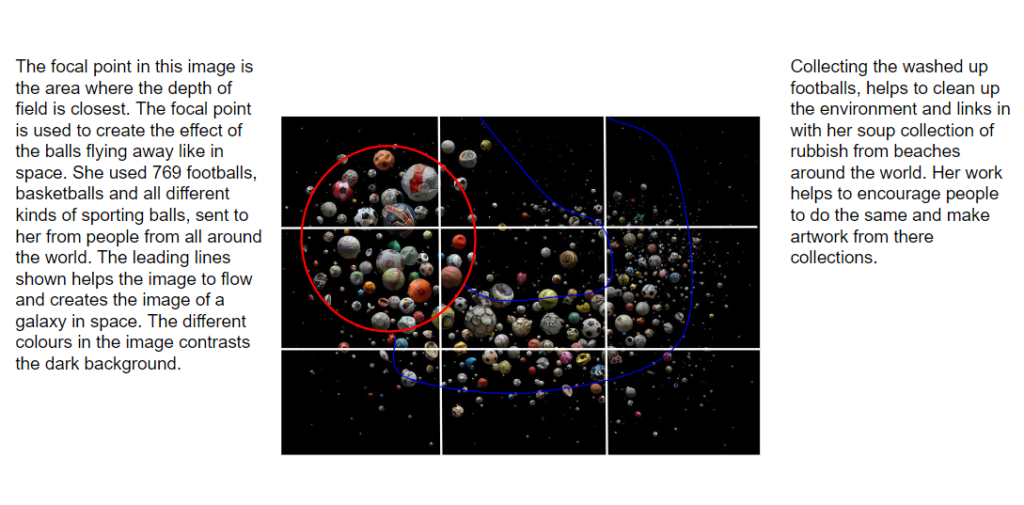
Mandy Soup
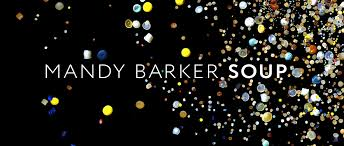
SOUP is a description given by scientists to plastic debris suspended in the sea, and with particular reference to the mass accumulation that exists in an area of The North Pacific Ocean known as the Garbage Patch.



